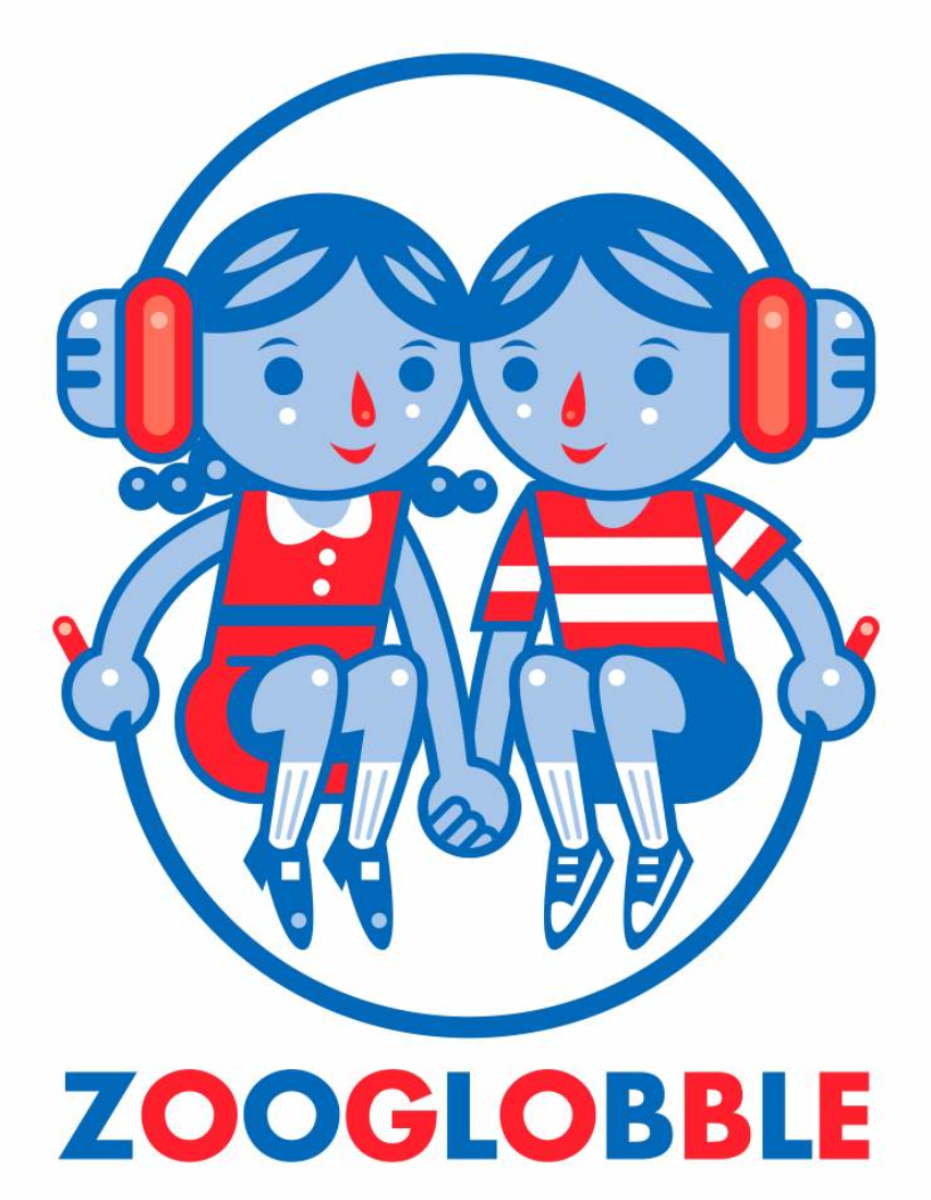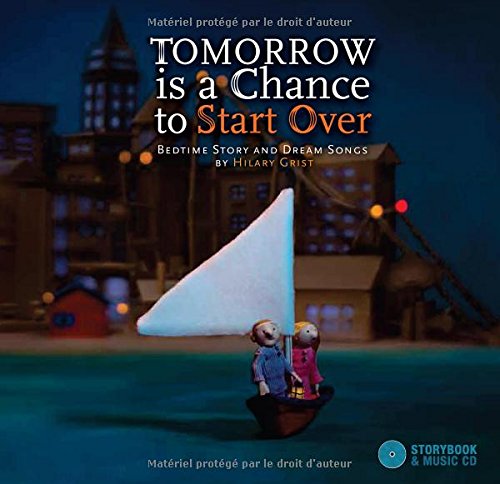It was foolish, perhaps, but I went ahead and did it anyway -- I boiled down more than a decade's worth of listening (and more than a half-century's worth of recordings) to what I thought were the five most essential albums for new parents. Despite my trepidations in providing such a list (including the insanity in thinking that such a list could even be limited to five), it seemed to be well-received.
So now I'm providing my second list of top albums -- this time, it's my list of best lullaby albums.
Before I provide my list, I should note that, unlike the broader set of albums for infants, toddlers, and preschoolers, as far as I can tell there weren't nearly as many lullaby albums dating back a half-century -- I can't find evidence that Pete Seeger or Ella Jenkins, for example, bothered recording a specific album of just lullabies. That is an interesting musicological question worth exploring, but not today. In any case, the upshot is that the notion of a "classic" or "best" lullaby album is far less settled than it was for the "new parents" list above.
As a result, this list feels more idiosyncratic to me than that other list, like I'm going out more on a limb. I do have a particular preference for lullaby albums in a way I might not for kids music albums generally and that preference is for music that would conceivably be played to lull a young child back to sleep. I have memories of taking the 3 AM feeding shift, or of calming a restless infant, and sometimes (some of) these albums were the soundtrack for that. In my experience, many lullaby albums seem far too hyper and vocally piercing to be very useful for that quiet, darkened room.
So, with that, here are my five picks, listed alphabetically by artist.
Julianne Baird, Madeleine Kapp, Mela Tenenbaum & Richard Kapp: Lullabies (A Songbook Companion) (1997) -- This might have been the first lullaby album we had that we truly enjoyed, so it's possible that personal affinity drives this selection more so than most. But as with the other albums here, even today it holds up very, very well. With piano, violin, and viola accompanying the vocalists, this is unsurprisingly by far the most traditional (and classical) album of all those listed. It covers a wide range of lullaby songs from not only the English-language tradition, but also others. There are also a handful of instrumental tracks that serve as nice counterpoints to the vocals. And while a few tracks are more emotive than I'd prefer, on the whole, it's both thorough and gorgeously done -- a one-stop lullaby shop.
The Innocence Mission: Now the Day Is Over (2004) -- This album more closely resembles the majority of the lullaby albums here -- unique interpretations of songs, only some of which might originally have been considered lullabies. This is the band's only venture into the kids music world, and were it not for the cartoon-y cover art, the listener might not necessarily file it there at all. Low-key, minimally-arranged, the "hushed" on this album is dialed up to 11. Singer-songwriter Karen Peris' voice is distinctive and has a bit of a distinctive taste, but I've heard this album so many times that I can't think of many of the songs they cover ("Stay Awake" and "Moon River," among others, along with some instrumentals and one original) without it. Definitely a secret to be passed from one fan to another.
Dean Jones: Napper's Delight (2007) -- First, yes, that's an awesome album title. But moving beyond that, this is probably the most daring lullaby album on here (it's the one whose inclusion on the list I took the most time debating). How many times do you hear drum machines on lullaby albums, or at least on lullaby albums you want to listen to repeatedly? More so than the other albums listed, this is also more of a journey as the first few songs aren't super-sleepy. But give it a few songs and by the time Elizabeth Mitchell lends her vocals to "Grow Little Flower," the relaxed vibe is definitely established. Jones' eclectic taste in instrumentation (see drum machine above) makes this the most unique album here -- definitely not a lullaby album in the strictest definition of the phrase, but a superb take on sleepy time and relaxation.
Mae Robertson & Don Jackson: All Through the Night (1995) -- I don't even remember how I first heard this album. I think it was probably one of the (comparatively) few (at the time) kids music CDs at the library, but I remember playing it over and over in a darkened nursery. Robertson has a lovely voice, but doesn't oversell (i.e., over-emote on) the songs. Her choice of songs -- relatively few of which would be considered lullabies in any traditional sense -- delighted and surprised me. And the musical arrangements from Robertson and Jackson, featuring guitar, piano, and a handful of other stringed instruments, are warm enough to snuggle in. In short, this is the lullaby album I imprinted on and the one I still implicitly judge all other lullaby albums by today.
Renee and Jeremy: It's a Big World (2007) -- Finally, this album is the most modern-sounding lullaby album on this list, a combination of Jack Johnson and Elizabeth Mitchell with a series of (mostly) original lullabies. I remember liking the album a lot, then hearing it on a really good pair of headphones while recording an NPR review of the album and being blown away by how spare and intimate the album sounded. Since then, I've also become a much bigger fan of how Renee Stahl and Jeremy Toback meld their voices together. Between the sound, their intertwined voices, and the whimsical cover art, this is the lullaby album most likely to be named "not your parents' lullaby album."
As with any of these "best" or "most essential" lists I'm creating, limiting your choices to these is a little foolish, but people also want them. But if you're looking for a few more suggestions, here are some other categories of lullaby albums you may want to consider:
Artists I've Already Mentioned: Raffi (with his Quiet Time compilation), Laurie Berkner (with Laurie Berkner Lullabies), Caspar Babypants (with Night Night), and Elizabeth Mitchell (with significant chunks of most of her albums) would definitely have been under consideration for this list were it not for the fact that they already appeared on my best kids albums for infants and toddlers list. Somehow it's not surprising that artists who record a lot for the youngest of listeners know their way around a lullaby. As for Justin Roberts, his album Lullaby is excellent, but since he'll be appearing on a future list, I omitted him from consideration for this one.
Putumayo Kids: As I noted in the earlier "new parent" list, Just like its "parent," the themed albums of kids offshoot of the Putumayo label scours are a nice way to dip into the music of a non-American culture (though they offer some nice English-language compilations, too). Their "Dreamland" albums feature lullabies from around the world -- the sounds can sometimes be unfamiliar to the older ears of the parents (and therefore less than fully relaxing), but that shouldn't be a problem for the kids.
The Secret Mountain: This Canadian label has had an excellent run of nearly 15 years of publishing books and accompanying albums (or is it the other way around)? I've found their non-lullaby works to be pitched at a slightly older crowd (meaning, non-infant), but their lullaby albums, just like Putumayo's, span the globe in their coverage. Now if would only start publishing picture or board books that were specifically targeted at kids who might be just year or two old, that would be an awesome combination.


















